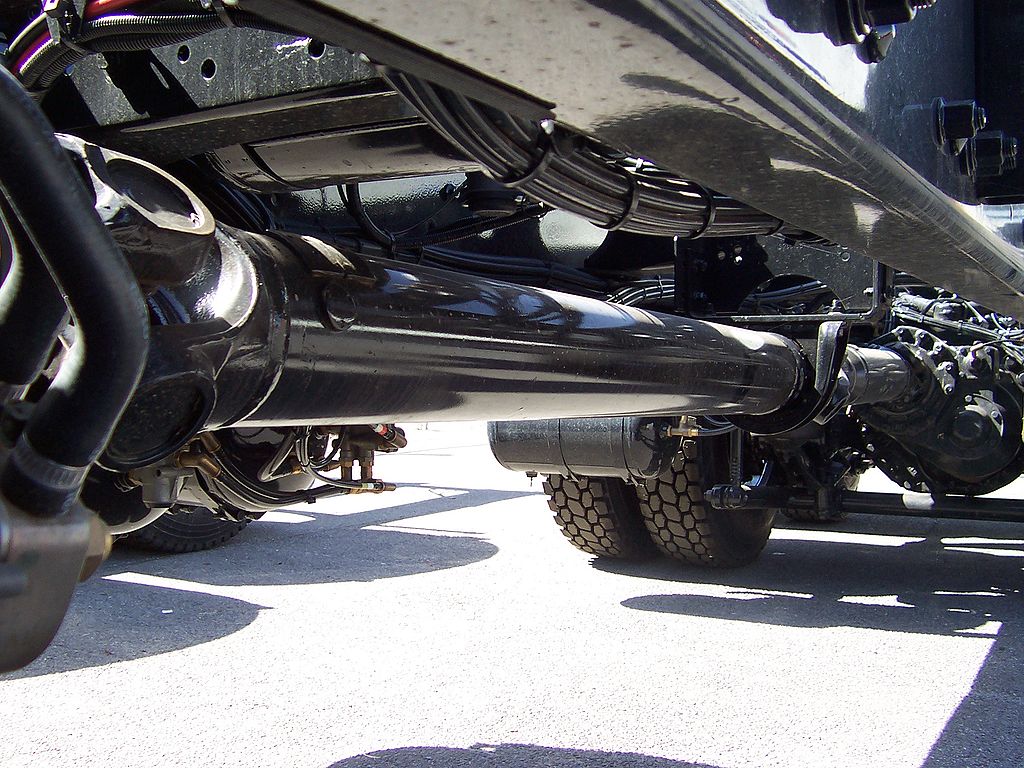Drive shaft problems can occur for various reasons, and it’s essential to know how to fix them if they occur.
This blog post will outline the top five causes of drive shaft problems and how to fix them. Armed with this knowledge, you’ll be able to start troubleshooting the issue right away and get your car back on the road as soon as possible. Thanks for reading!

Drive shaft problems can be frustrating and costly. Gear teeth that have been worn down or incorrect can cause a drive shaft to break. If the gear teeth are wearing down, replace them with new ones using a gear reducer tool kit.
If the gears aren’t meshing correctly, adjust the backlash setting on your transmission fluid pan and re-check all of your gears for wear and corrections.
Use a gear oil inspection light to check if gear teeth are worn down or incorrect. In the meantime, make sure to gear up for the inevitable drive shaft problems and fix them as soon as they arise.
Gear up, and don’t let drive shaft problems bring your drivetrain to a grinding halt!
Drive shaft problems can be a nightmare. By following these top five tips, you can avoid them altogether. Regarding drive shaft issues, axle and hub wear are the top culprits.
If you notice a decreased power or erratic behavior, it’s time to replace your axle or hub. By following these simple steps, you can avoid costly repairs down the road! So, make sure to keep your drive shafts in good condition by following these tips.
Drive shaft problems can be costly and time-consuming to fix. That’s why it’s important to check gear alignment regularly and take steps to prevent them from happening in the first place.
Incorrect alignment of gears and shafts often results from failing to maintain your vehicle. Gear replacement can be expensive, so it’s a good idea to take preventative measures by replacing worn or damaged gears and shafts.
Proper lubrication can also help to reduce the likelihood of gear or shaft failure. By following these tips, you can keep your drive shaft running smoothly and minimize the chances of drive shaft problems.
Drive shaft problems are the bane of the automotive community. They can cause significant damage to your vehicle; in some cases, the driveshaft can even be replaced.
However, you can do a few things to prevent drive shaft problems from happening in the first place.
Ensure your vehicle is inspected and fixed as soon as possible, as a damaged or missing driveshaft bearing is the number one cause of drive shaft problems.
If you experience a drive shaft problem, don’t hesitate to replace the entire driveshaft instead of trying to repair it. Doing so will save you time and hassle in the long run.
Drive shaft problems can be pretty frustrating, especially if you don’t know how to fix them.
This is because drive shaft problems can be caused by excessive heat or cold, which causes metal fatigue in components. If this happens, the drive shaft may become loose or even break.
To prevent this from happening, ensure your car is always kept at a moderate temperature and keep the area around the drive shaft cool.
If symptoms persist after following these guidelines, it may be time to replace the drive shaft assembly. Don’t wait until it’s too late – consult a mechanic as soon as possible!
There are a few causes of drive shaft Problems. Drive shaft problems can be caused by worn or broken components, dirt and debris buildup, corrosion, misalignment, and other structural issues.
Fixing the problem typically requires the replacement of the drive shaft assembly. If the problem is minor, like a broken gear or worn-out bearing, car owners may be able to fix it themselves with basic tools.
More severe problems, like drive shaft failure or loss of power, can require professional assistance from a mechanic. Check out nearby drive line shop and automotive service stations to find one that can help you.